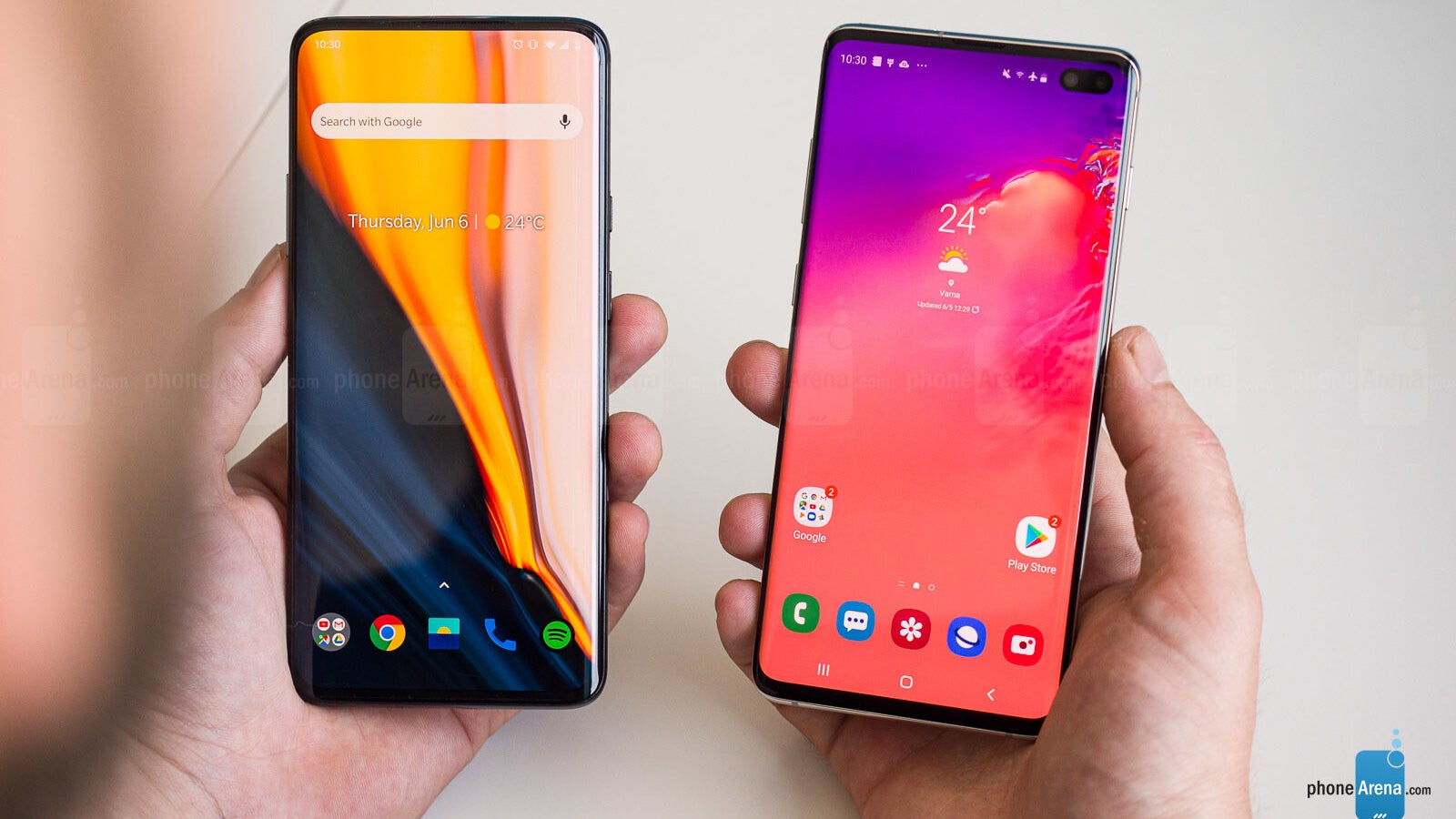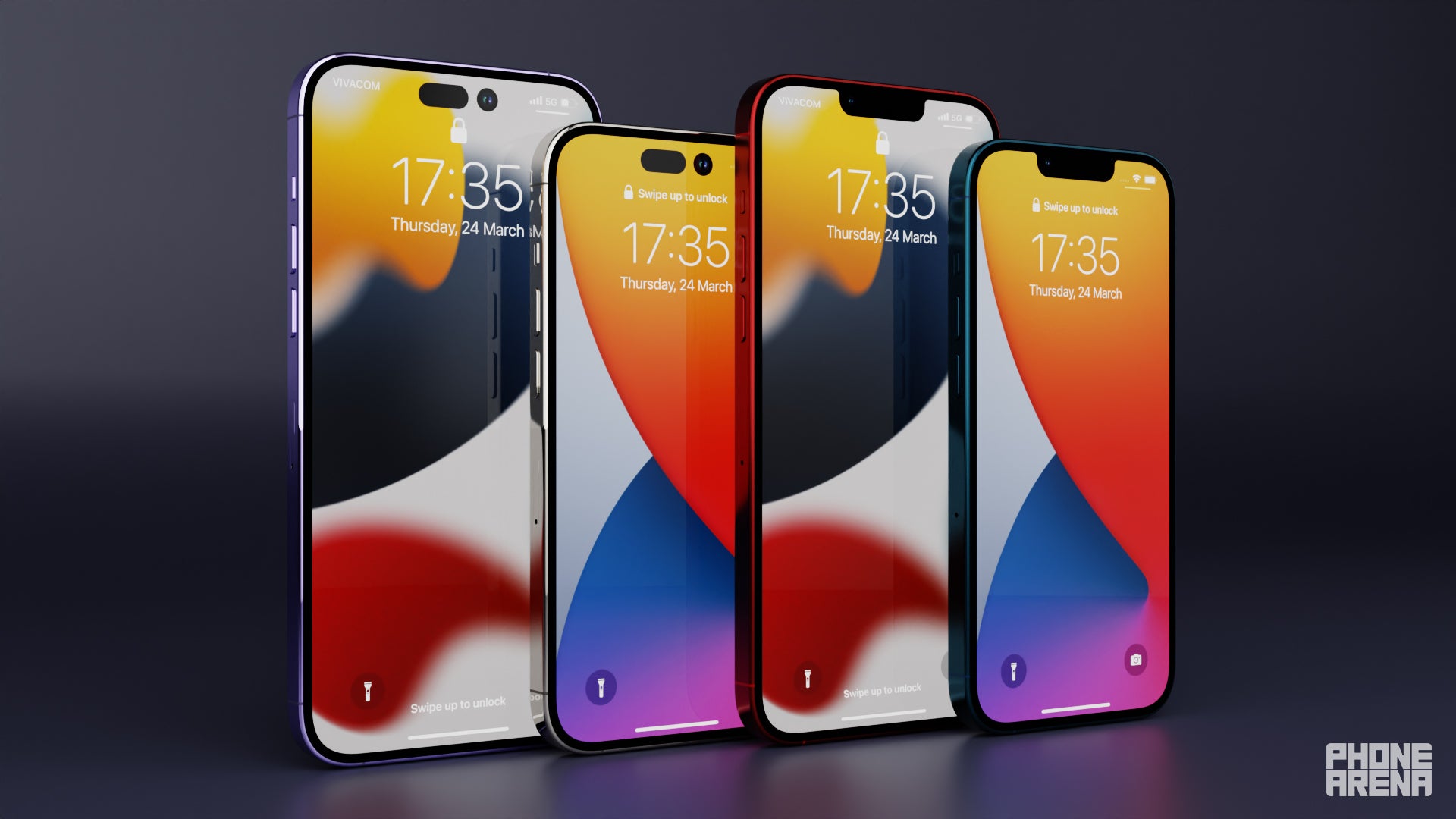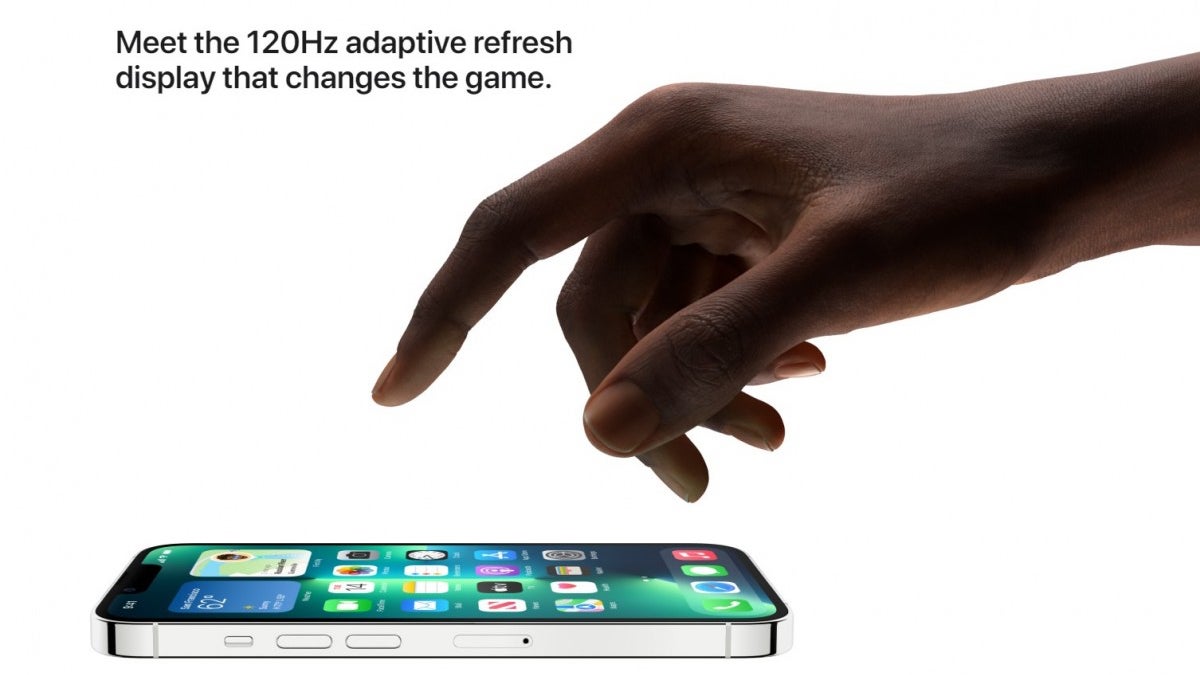ProMotion (120Hz) debuted on the iPad Pro in June 2017. Ever since then, tech nerds have been waiting for the day when the 120Hz refresh rate will come to the iPhone…
Meanwhile, gaming Android phones like the original Razer Phone and Asus ROG phone started receiving 120Hz displays in the fall of 2017 and 2018, while the OnePlus 7 Pro brought the feature to the mainstream in 2019 with a 90Hz OLED panel, which marked a turning point in the way we view smartphone display quality.
However, in true Apple fashion, it took Cupertino quite a while to get the iPhone on the same high-refresh-rate trend, while in the meantime Android users were showering in 90-120Hz greatness. Many tech enthusiasts and tipsters like the famous Ice Universe were expecting ProMotion to debut with iPhone 12 Pro in 2020, but this didn’t happen.
Back then, top display analyst Ross Young told us that Apple would implement ProMotion in 2021, as the company was readying LTPO displays which will allow for a variable refresh rate that preserves battery life, and it’s exactly what happened.
Display refresh rates on iPhone and Android: Why the omission of ProMotion isn’t a dealbreaker for iPhone 13 and iPhone 14

The OnePlus 7 Pro was unrivalled when it came to smoothness.
Now, sure, the variable 10-120Hz ProMotion display on iPhone 13 Pro is a treat. You can certainly notice the difference from a 60Hz iPhone/Android display while scrolling through the UI and while gaming (if the game supports 120Hz, which isn’t as common as you’d expect).
However, as someone who’s been using the vanilla iPhone 13 for some time now, I can’t help but notice that this display simply doesn’t feel “inferior” to me, and that’s surprising, but also… not all that surprising.
On the other hand, I can’t say the same about my Google Pixel 6 Pro once I dial its 120Hz refresh rate to 60Hz (you can do this to preserve battery life, which might be something you want to do on the power-hungry Pixel).
I also can’t say the same about my Huawei P30 Pro, which has a display that’s fixed at 60Hz. There’s something that simply makes the iPhone’s 60Hz panel look noticeably smoother than most (if not all) Android phones that operate at an equivalent refresh rate. This is virtually impossible to show on camera, so you either have to take my word for it, or test it out for yourself during your next trip to the Apple store.
60Hz iPhone 13 and iPhone 14 displays: Practically as smooth as 90Hz on other phones and far smoother than 60Hz on Android

So, the question here is: “Why does a 60Hz iPhone screen feel smoother than 60Hz on Android? And if I’m being honest, there doesn’t seem to be a definitive answer to this question, but as it often happens in life, history and Google might be able to help…
So, clearly, the feeling of “smooth operation” has to do with the holistic OS optimization and doesn’t boil down to screen refresh rate alone. I’m sure most of you who’ve had the chance to use an iPhone and an Android phone side-by-side would know what I mean.
Google has an explanation of Android’s “smoothness” problem
Then there’s Google’s take on the issue… Upon the release of Android 12, Sameer Samat, VP of Product Management for Android, made an interesting statement, which I happened to report over a year ago:
“There are multiple different parts of the (Android) system trying to talk to the OS at the same time, and that’s when you see things jitter… By smoothing all of that out… we’ve been able to make all the motion and animation super-smooth.”
What Samat was referring to was Google’s intention to introduce tighter control on background processes like the Android System Server, Activity Window, and Package Manager. According to his own words, these background processes often “talk to each other at the same time”, which could force Android devices to “think” more while trying to respond to simple user input and the aforementioned background processes simultaneously. For the record, none of this relates to screen refresh rates or even touch sampling rates.
Does display touch sampling rate make a difference?
iPhone 14 and iPhone 14 Max: No 120Hz ProMotion for the vanilla iPhone – no problem

In the end, Apple’s decision to keep ProMotion exclusive for its Pro iPhones will keep dividing opinions. Of course, Twitter tech enthusiasts will be upset about the fact that iPhone 14 and iPhone 14 Max aren’t getting this special feature, but that’s what phone nerds (like me) tend to do…
Wouldn’t it be wonderful if Apple gave the vanilla iPhone a 90Hz screen, which quite literally would strike a perfect balance between a 60Hz and a 120Hz panel and be a great compromise? Sure! Who knows – maybe Tim Cook & Co will have a change of heart in 2023…
However, as of now, I can reassure you that an iPhone with a 60Hz display feels much smoother than an Android phone with a 60Hz, and nearly as smooth as an Android with 90Hz, and I believe you’ll be quite satisfied if you chose to go with it. I know – that’s a bold claim! But if you see the Pixel 6 Pro and the iPhone 13 side by side (matched for refresh rate), you’d quickly get on my side.
Here’s the bottom line, at least according to my testing and impressions:
- Android phones needed higher refresh rates way more than iPhones ever did, and they benefit more from them when it comes to smoothness (and there’s nothing wrong with that)
- An iPhone with a 60Hz screen feels pretty much as smooth as an Android with a 90Hz screen (that’s my take)
- Don’t buy an iPhone 13 Pro or iPhone 14 Pro for ProMotion alone – even the battery gains that come with a variable refresh rate aren’t a reason to do that (iPhone 13 without ProMotion delivers better battery life than iPhone 13 Pro simply by having a slightly bigger cell)
PS: And before I go, I have to admit that prior to the launch of the iPhone 13 series, I predicted that iPhone 13 Pro and iPhone 13 Pro Max would feel much smoother to people who get a chance to test them, and therefore the Pro models could sell better than the cheaper iPhone 13.




